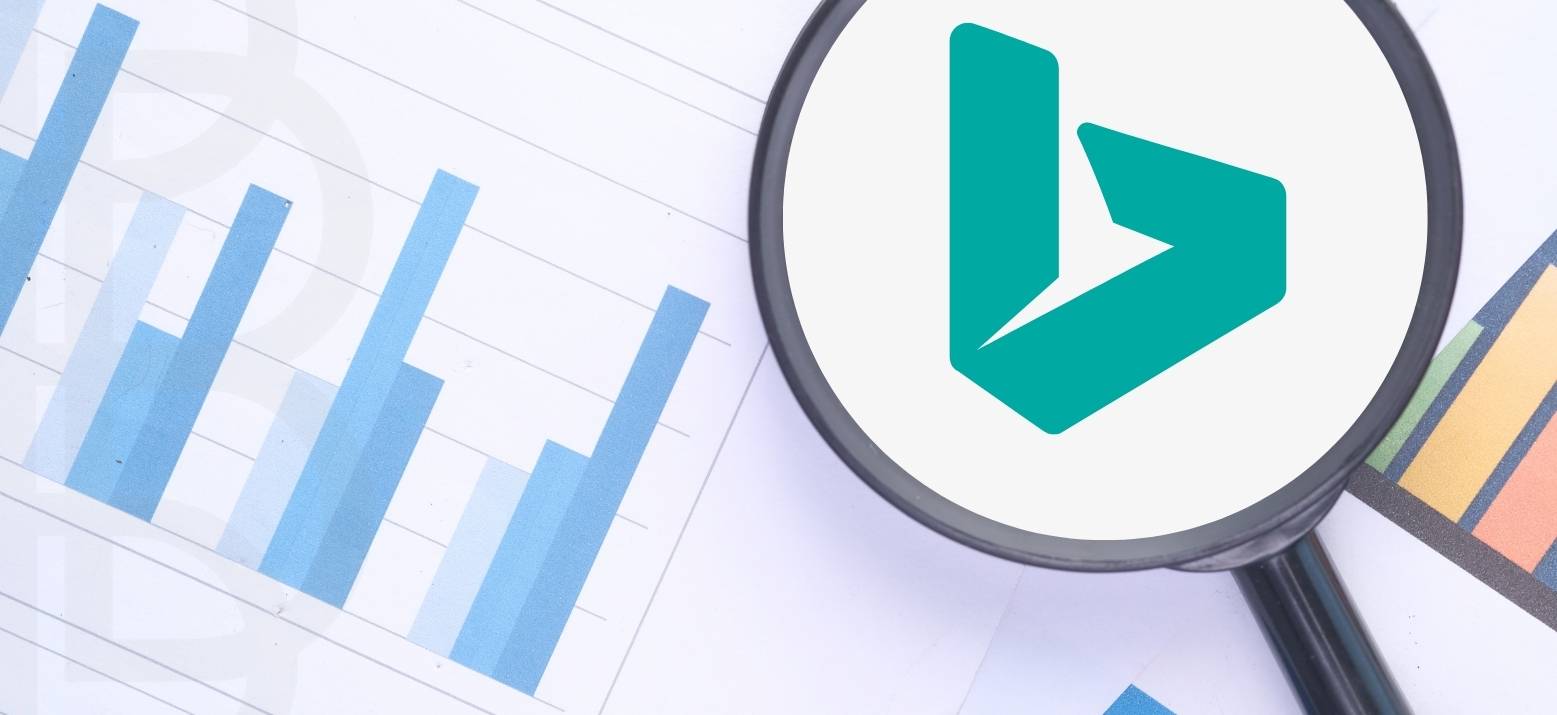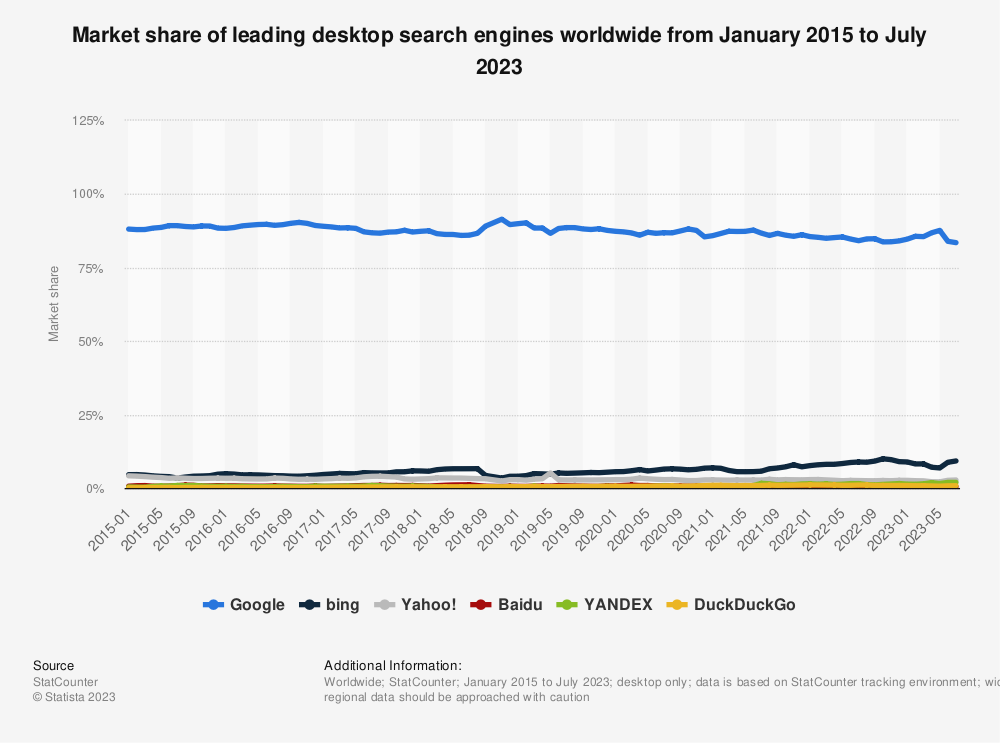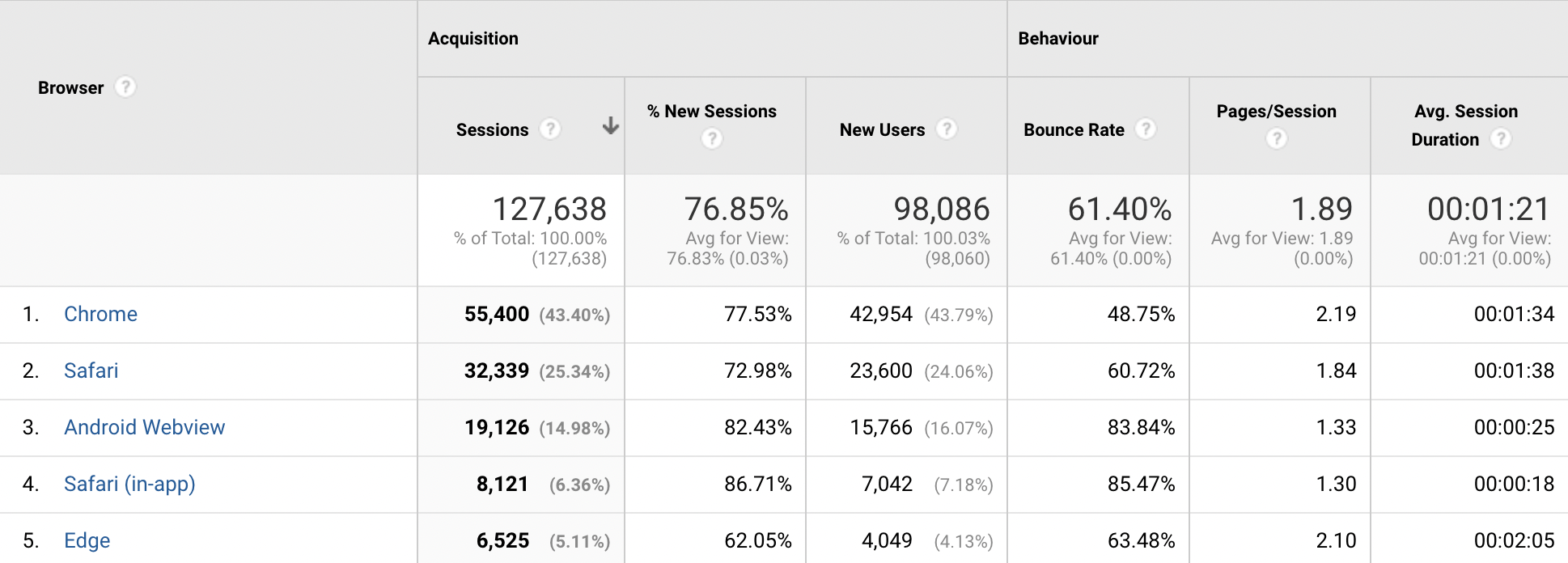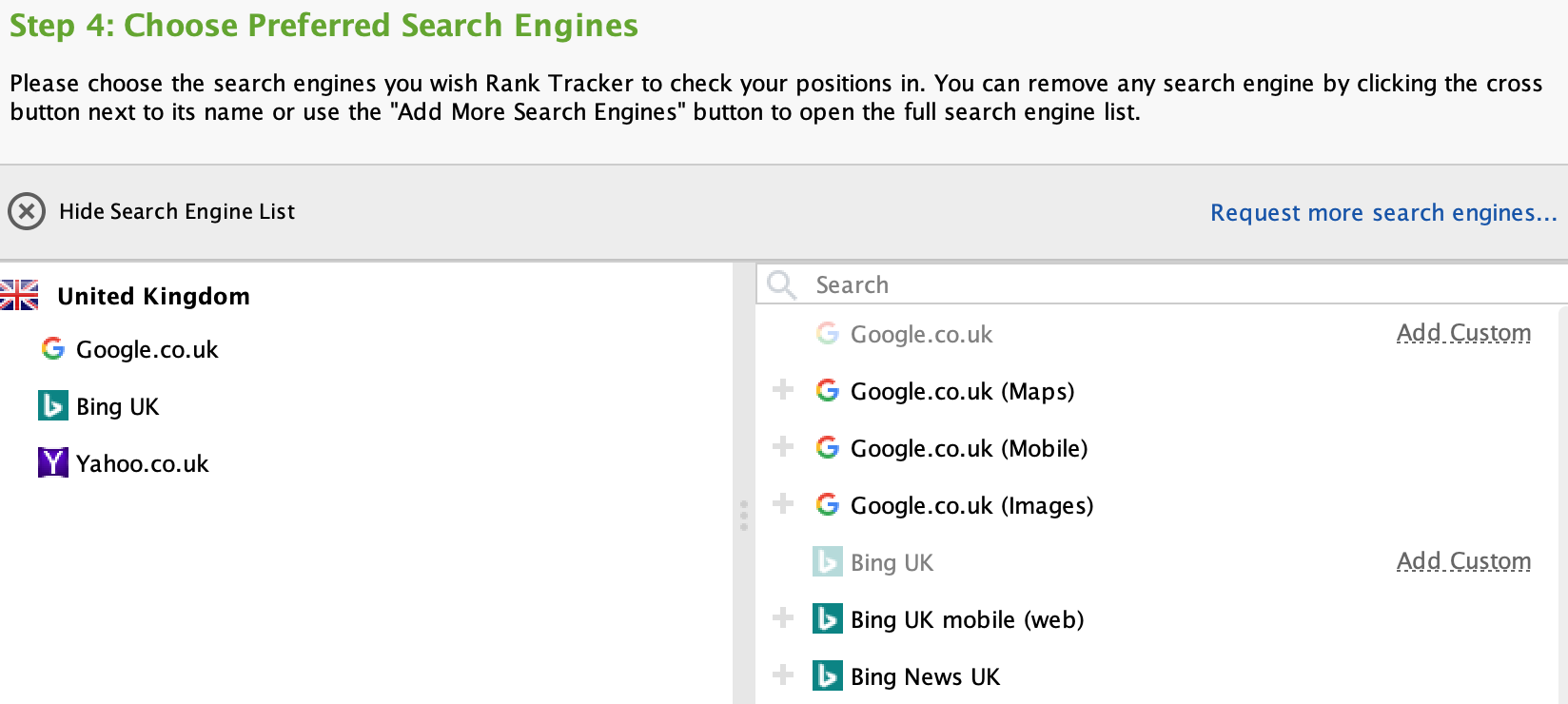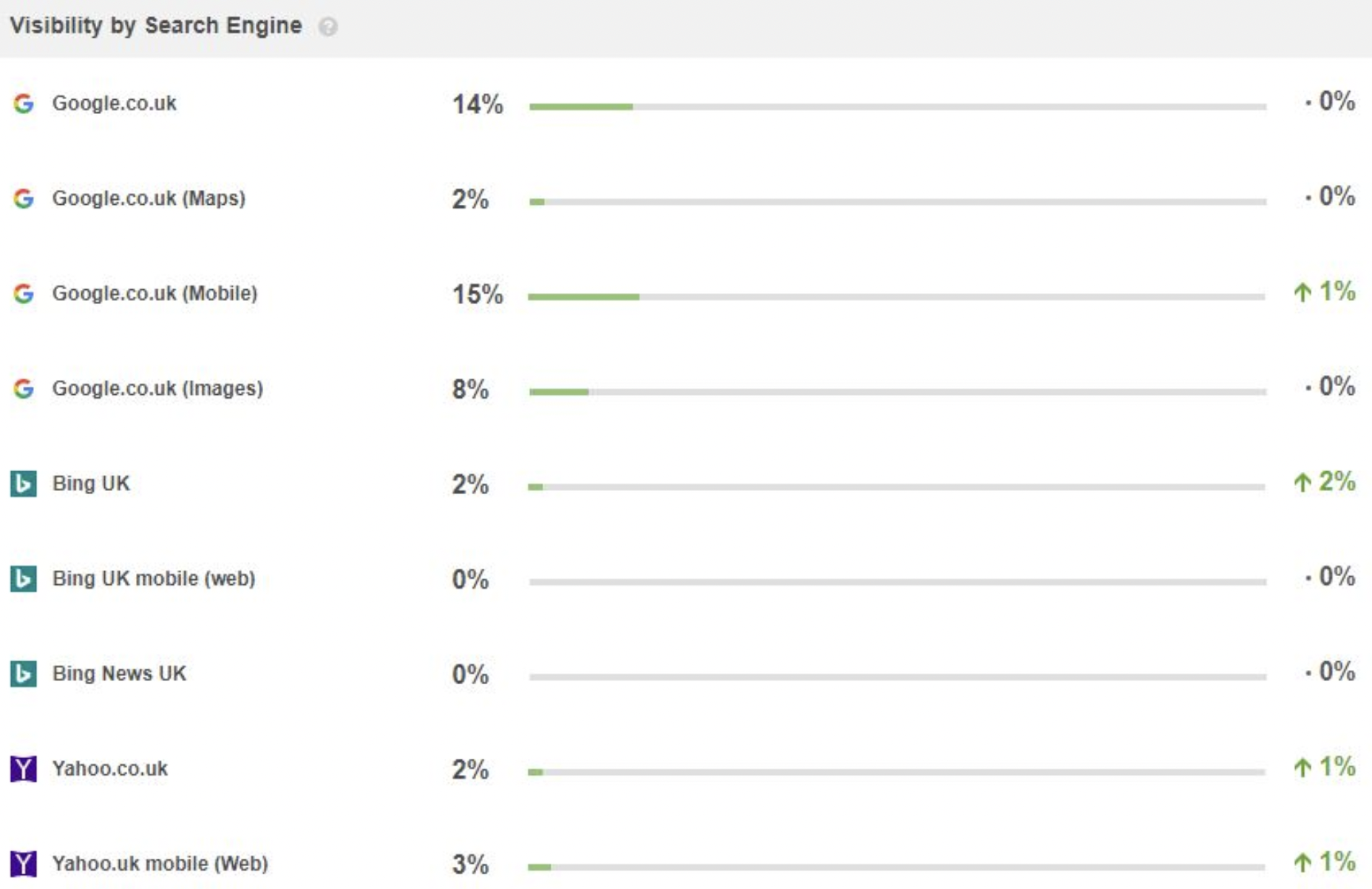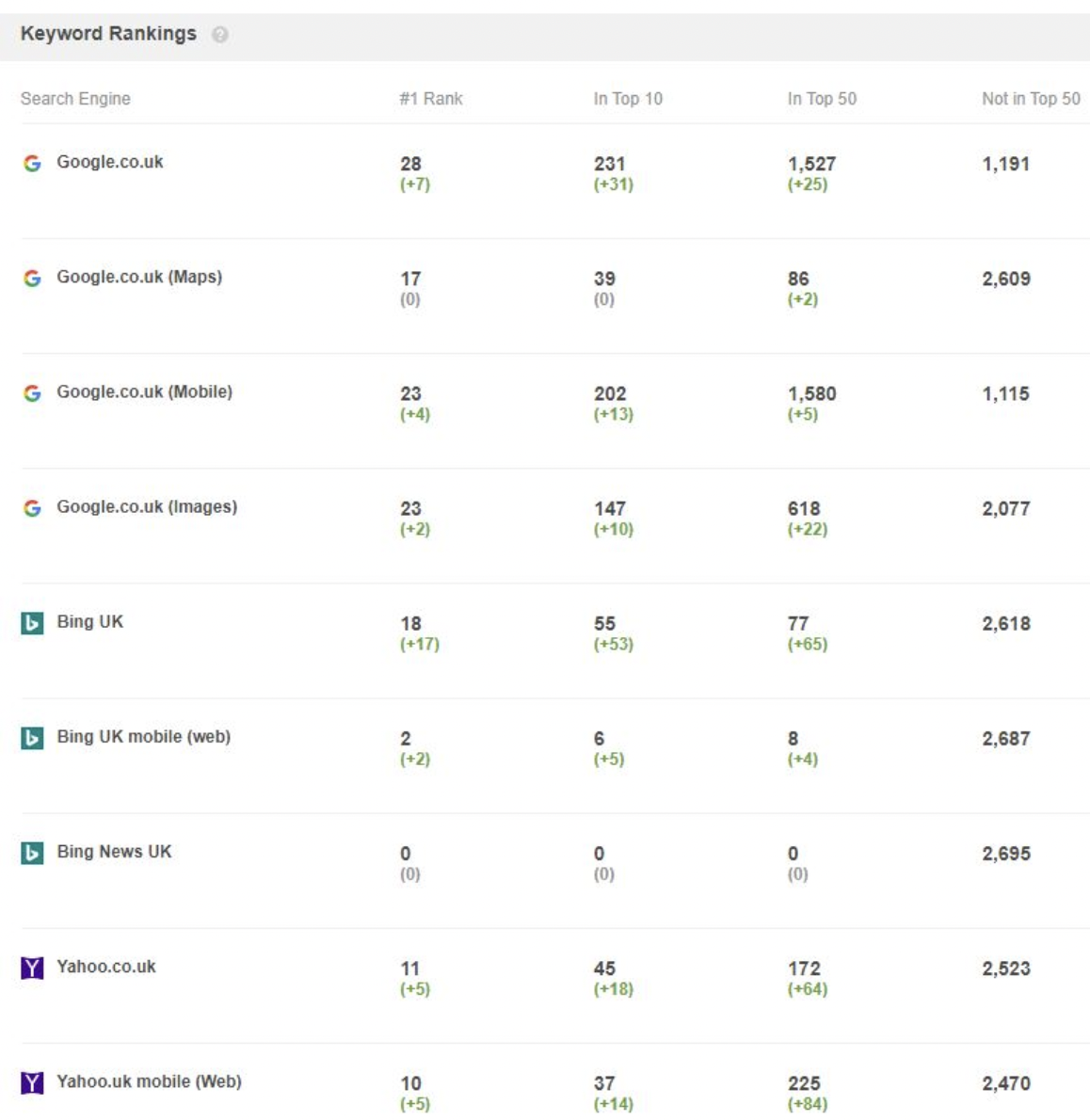When shaping your SEO strategy or even completing a technical SEO audit, you’d be forgiven for jumping straight into Google and ignoring all other search engines.
After all, we all know that Google is the world’s top search engine – with over 95% of over 5 billion internet users going to Google for answers. But that leaves 5%, or 250 million users, deciding to go elsewhere.
That’s a big opportunity that’s less competitive, and has a huge pool of potential top-tier rankings ready for the taking.
Find more statistics at Statista
Other search engines are on the rise (see above) and are steadily stealing market-share from Google – with Bing being the rising star here.
Whenever researching SEO best practices and learning about how to properly optimise a website, the guidance you’ll find will either come directly from Google, or it will be from research conducted around the Google search engine algorithm.
When looking at others, such as Bing, Microsoft does share some guidance on how to optimise for their search engine, including offering Bing Webmaster tools, but there’s not much talk about Bing within the SEO community.
As I’ve already explained, you could say that this is for good reason, as you’ll likely not get much traffic from Bing, anyway. However, if your business generates any revenue from search whatsoever, can you really afford to ignore this search engine?
To evaluate how important Bing may be for your website, it’s important to first ask yourself a series a few key questions, like:
How much traffic are you currently generating from Bing?
There’s no clear cut way to measure the traffic you are generating from a particular search engine, but you can see how much traffic you’re generating from any given browser and use this as a measurement for your Bing traffic.
Looking at the table below, we can see that this particular example doesn’t generate a significant amount of traffic from Bing, coming in 5th place, but average Pages/Session and the session duration are much greater.
Using the data below, you could conclude that Bing traffic is definitely valuable traffic, especially compared to other sources, and if we were to increase our traffic through Bing we would in turn also increase our revenue.
Will an increase in Bing visibility drive an increase in traffic?
Yes, Bing does have a much smaller user base than Google, meaning when assessing Bing, it is important to make sure you are also looking at the demographics of your website, and comparing that to the demographics of Bing.
If the demographics of your website and Bing closely match, there’s a good chance that increasing your visibility in Bing will drive an increase in traffic to your site.
As Bing has less users, this also means that it is less competitive, meaning increasing your positioning for high volume key terms is easier than it would be on Google.
“Bing web search seems to be most popular among more mature audiences, with over 70% of users being older than 35.
Bing usage statistics shows that just 11% of users are 18-24 years old, while 18% are 25-34. With 35-54-year-olds accounting for 18% of Bing’s US users, while those in the 45-54 range make 20% of the user base. Businesses that aim to attract younger generations should definitely think twice about investing in ads on Bing.
On the flip side, companies that cater to older demographic groups might find Bing to be the right move.”
Source: 99firms.com
What is your current visibility in Bing?
Understanding your Bing visibility isn’t easy, most search engine rank tracking tools such as Semrush don’t give you this information. But there are tools that help find this information out, such as SEO Powersuite from Link Assistant.
With this tool you can check a variety of search engines, such as Bing, from a variety of different countries. It’s a great feature if you also sell overseas and need to check how your site performs across Europe.
How to check your Bing visibility score in SEO Powersuite
To check your Bing search visibility in SEO Powersuite, first open up the Rank Tracker application of SEO Powersuite and enter your domain.
In the next few steps you can connect to Google Analytics as well as Google Search Console, but this is not necessary for what we are looking to achieve in this exercise.
Enter your keywords in step 3, ensuring you enter as many keywords as you possibly have.
If you already use a rank tracking suite such as Semrush or Ahrefs, you can download your keyword set and paste them directly into the rank tracker.
Remember: The more keywords you have, the better picture you’ll get of your search visibility.
Step 4 is where you can start to add your desired search engines.
If you’re looking to understand your Bing visibility, we would still advise you to include Google in this section, because without comparing to Google, you don’t have a baseline to compare your Bing results too.
Once set up, you Rank Tracker will automatically start to check all of your keywords against the various search engines that you populated.
This may take some time, depending on how many keywords you’ve added, but the benefits of SEO Powersuite is that there is no limit on the number of keywords you can add, or the number of search engines you can check against.
Once complete, you will then get a complete overview of your search engine visibility, and can compare the visibility across multiple search engines to discover if there are any issues.
The main thing to look out for is if one search engine has a much higher visibility score than another.
How do your keywords in Bing compare to your Google keywords?
Once Rack Tracker has finished checking your rankings against the various search engines you’ve added, you’ll be able to see how your keywords in Bing compare to Google, and if there are any discrepancies.
This is where things get interesting!
Within Rank Tracker you can not only see your visibility score as a whole, but you can also explore each keyword in depth, and note the differences between keywords in different search engines, to gauge an understanding of any issues and if they are isolated, affecting keyword clusters or broadly impacting your search visibility as a whole.
Example Search Visibility across multiple search engines
Example Keyword Overview across multiple search engines
If you’re on the look out for a new SEO agency, or you’d like to speak to our SEO team about how we can help your business across the search engines that matter to your users, we’d love to hear from you.
Get in touch using the form below.

